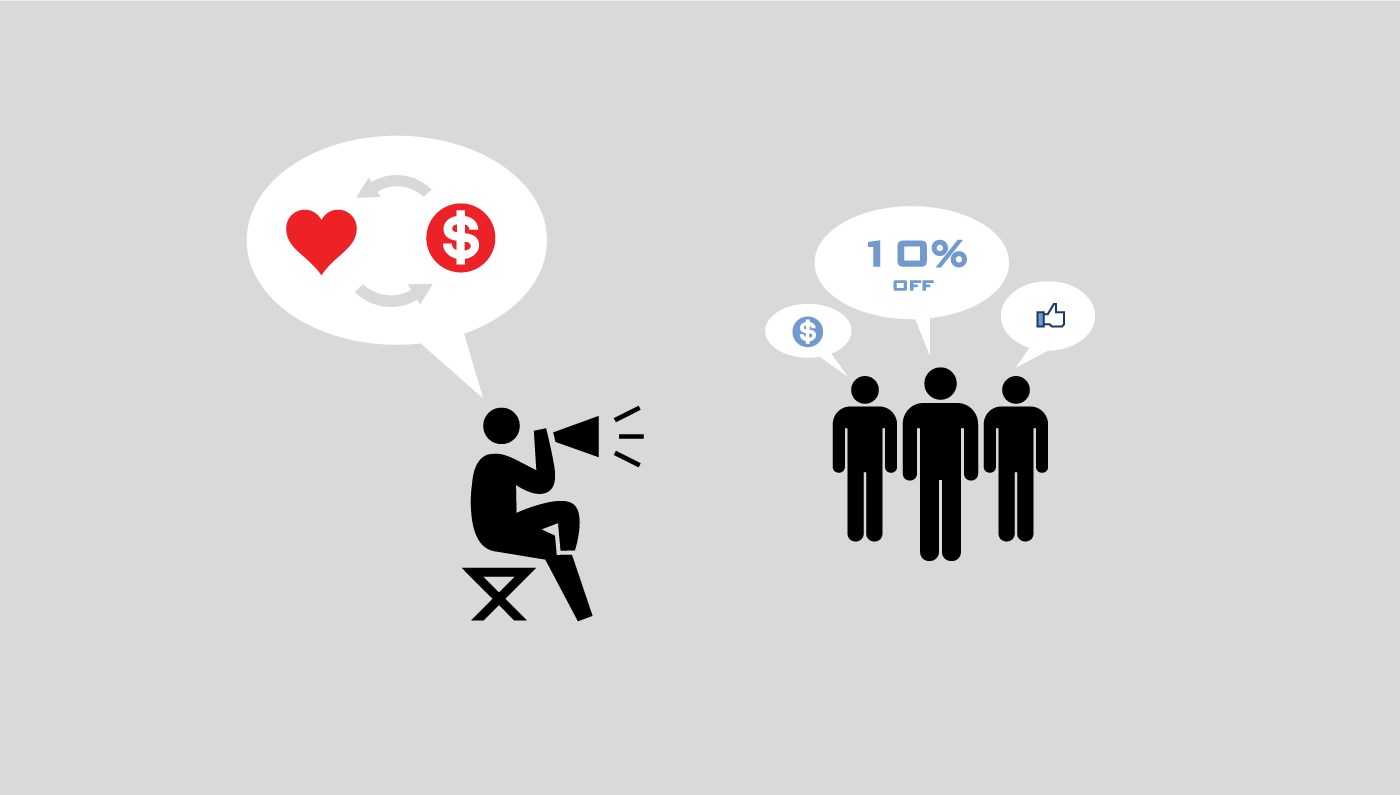Quid pro quo. I’ll scratch your back, you scratch mine. Pay it forward.
Whatever you call it, reciprocity is alive and well online today, especially in marketing. But that doesn’t mean that every referral program out there works equally well.
It takes a careful approach to ensure that a good referral program doesn’t alienate your existing customers or drive away potential ones. Push too hard and your current customers might be frustrated by your heavy-handed tactics. But act too timid and your contented customer base will rarely refer a friend.
The upside of referral marketing is clear: happy customers refer their friends, who then go onto become happy customers themselves. And researchers argue that growing a business through referrals taps into several key motivators for consumers, including reaching potential customers that traditional marketing can’t and promoting a brand through social connections that people trust.
So what are the key factors behind a successful referral campaign, and what should companies avoid? Let’s look at some key concepts below.
Maintain brand loyalty: A good referral program shouldn’t be based upon rewards that have little to do with the service itself. For example, any moderate-sized business could offer a referral program where customers were rewarded for referrals in cash, gift cards, or other monetary prizes. But wouldn’t that referral program be more effective if it reinforced why the customer was making the referral in the first place by making the core customer even happier with the product? That’s part of the rationale behind the strong referral programs seen at companies like Dropbox and Uber, where customers who refer friends are rewarded with additional storage space and free ride credits, respectively. It’s a simple way to drive new business while rewarding existing customers for being fans of your brand.
Reward your users with something valuable: In addition to keeping referral awards brand-related, it’s important to reward your referrers with something they would see as valuable, so that the referral process isn’t cheapened. No one wants to be investing time and effort promoting a service to their friends and family only to be rewarded with an inconsequential token of appreciation. And rewards don’t even have to be monetary—just look at Google’s release of Gmail in 2004, where the number of accounts was carefully controlled by the company and users had to personally invite others to join. As Gmail’s product marketing manager told SXSW, “people were selling their souls on the Internet for invites.” As she later revealed, the strategy was actually driven by engineering constraints, not a marketing agenda—but the scarcity was enough to make it a powerful incentive for people to share, as they were to able bask in the social cachet of being among the privileged few with a Gmail account.
Know your limits: As we mentioned above, it can sometimes take heft to push your existing customers to refer your product to their friends, particularly when overcoming inertia and busy schedules. But pushing your customer base too hard risks alienating them, reinforcing the idea that you’re more interested in who they know rather than their own user experience. Take Amazon Prime’s referral program, for example, which offers $5 credits for each user’s friend who signs up and makes a purchase using the service. It’s unobtrusive but equipped with a strong call-to-action, plus it’s also personalized, meaning your friend will know exactly who sent it—making it more about you than Amazon itself.
Respect your users: We’ve talked here about a research study that showed that hotels can unwittingly alienate customers by including small financial tokens of thanks to customers who took the time to complete a hotel survey. Customers reported feeling trivialized by the small amount they were given for their time, saying they were surprised by how low their perceived value was to the hotel. Referral programs run the risk of doing the same to valuable customers who are referring your product or service if the rewards are simply too small or undervalued in exchange for the time and effort it took to refer a new customer.
Referrals can accomplish goals that traditional advertising simply can’t: create loyalty, reach potential customers far outside the scope of your marketing budget, and reward return customers for their appreciation. But they need to be operated with care, or you risk turning your biggest asset—your customer base—into your biggest liability.

